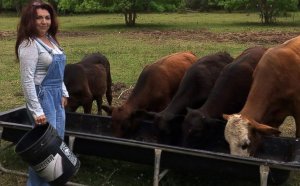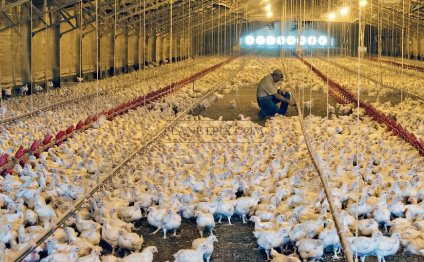
Chicken Farms in Texas
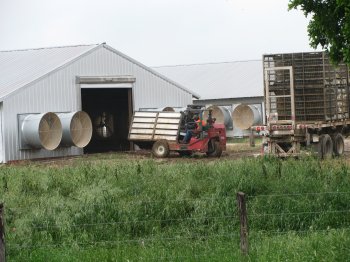 Dave Fehling/StateImpact Texas
Dave Fehling/StateImpact Texas
It is often dubbed “Big Chicken“: the revolution in how poultry is raised and processed. Chicken that once originated from small, family members farm operations is now produced by companies of huge chicken-growing buildings and sprawling handling flowers.
Tx is an important player, ranking sixth when you look at the nation for poultry production. However with the development has arrived concern over exactly how concentrating the businesses could increase air pollution: the run-off from tons of manure and also the an incredible number of gallons of wastewater circulated by processing flowers into channels and creeks.
“We do our dead level best to operate not only in an environmentally-friendly way but truly in line with the permits and also the guidelines and the laws we’ve agreed to follow, ” stated Mike Cockrell, CFO of Sanderson Farms. The Mississippi-based business is one of the nation’s biggest chicken producers and among a few big corporations processing chickens in Texas.
Sanderson Farms
In 1997, Sanderson Farms launched a handling plant in Bryan. Ten years later on, it unsealed another one in Waco. Each can handle over a million birds per week. The flowers make use of an incredible number of gallons of liquid to clean the chicken carcasses additionally the plant it self. The wastewater is treated on-site before it's circulated into channels and creeks. Some makes it’s way to the Brazos River.
Some makes it’s way to the Brazos River.
The wastewater contains nitrates which, like fertilizer, tend to be nutritional elements that may make plants grow. But excessively in waterways can disturb a delicate balance, permitting algae to develop and overwhelm other life kinds including seafood.
An advocacy team, Environment Tx also it’s umbrella organization Environment America, crunched the figures reported to regulators. They found that of pollutants discharged into Tx waterways by all industries, poultry processors were on the list of top sources for sheer volume.
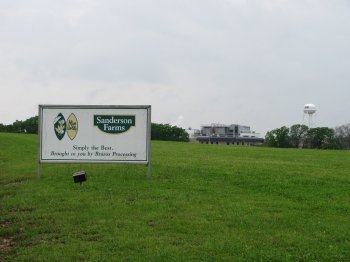
“When anyone think about facilities they think of old mom and pop family farm. However these have converted into huge corporate, mechanized facilities that generate a large amount of waste, ” stated Luke Metzger, Environment Tx’s founder.
Metzger was chatting not only about the handling plants but the a huge selection of poultry “growers” spread in nearby counties. The growers (Sanderson Farms alone stated it utilizes 300 of them in Texas) are usually technicians, providing the an incredible number of birds for processing.The issue could be the a lot of chicken manure they generate. Rainwater runoff could possibly carry the nitrate-rich manure into streams and creeks.
 The business contends that poultry air pollution isn't a threat.
The business contends that poultry air pollution isn't a threat.
“I’m not an ecological engineer but from what I do understand, I don’t believe the amount of nitrates we create as a by-product inside our business and in our plant especially would raise any concerns among the experts who learn this, ” said Mike Cockrell, the Sanderson Farms exec.
The Federal ecological coverage department (EPA) sets requirements for chicken air pollution in Texas, the agency told StateImpact it has seldom taken “significant” enforcement activity, mentioning one case against a chicken grower during 2009.
The Texas Commission on Environmental high quality (TCEQ) while the Texas State Soil and Water Conservation Board both have actually jurisdiction over agricultural pollution. The agencies are revising the Texas Nonpoint supply Management plan. The program’s goal will be reduce water pollution to generally meet demands for the federal Clean liquid Act.
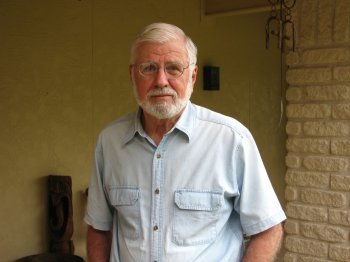 “Nonpoint” sources of pollution are not solitary, big “point” resources like industrial flowers but instead smaller, more numerous ones. The TCEQ told StateImpact that previous appropriate difficulties have actually resulted in chicken growing functions being within the “nonpoint” category therefore not at the mercy of stricter permitting needs.
“Nonpoint” sources of pollution are not solitary, big “point” resources like industrial flowers but instead smaller, more numerous ones. The TCEQ told StateImpact that previous appropriate difficulties have actually resulted in chicken growing functions being within the “nonpoint” category therefore not at the mercy of stricter permitting needs.
Environmental teams being arguing that huge, chicken developing operations are undoubtedly point sources of pollution and may be more purely controlled. Tx will undoubtedly be finalizing its “nonpoint” plan in coming months and certainly will publish it towards the EPA for endorsement.
While the poultry business expanded from it’s initial origins in East Texas, communities have also found reasons to get worried.
“The smell moves in like a fog, ” said Dan Franks, a property owner in Limestone County in which poultry farms multiplied as the handling flowers expanded into the area.
Franks stated condition regulators had taken care of immediately his along with his neighbors complaints in regards to the smells but so it didn’t seem to him there clearly was much their state could do.
“I think they’re handcuffed because of the laws, ” Franks stated.
In Leon County, Jean Hagerbaumer lives on a secluded 12 acres.
She’s some miles through the nearest chicken farm and never as affected by the odors, but concerns that concentrating plenty farms and their particular manure can’t be great. And, she stated, it can’t be warranted with what some in her own community hoped the poultry business would deliver.
Share this Post
Related posts
Cattle Farms in Texas
Ranches on the market: 50-70 pairs - Cattle Ranch - Tx Pristine Cattle Ranch, setup for MIG Grazing. 137 acres N.E. Tx. 14…
Read MoreEggs Farms in Texas
Girls get to eat whatever they like from pastures, but we offer a well-balanced supplemental feed to be sure they have the…
Read More
